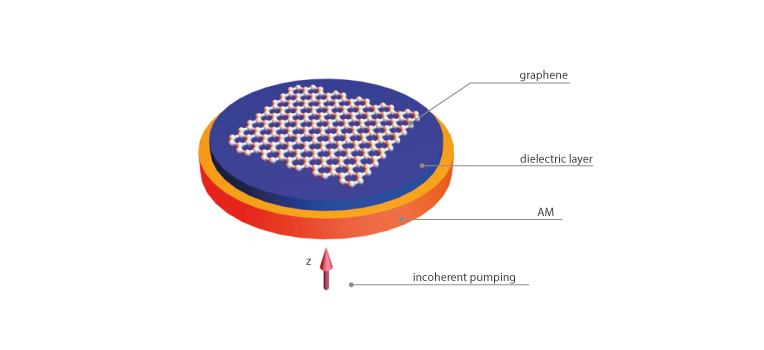New graphene-based sensor to detect single molecule of explosives proposed

"The graphene spaser could be used to design compact spectral measurement devices capable of detecting even a single molecule of a substance," said Alexander Dorofeenko, from Moscow Institute of Physics and Technology (MIPT).
'Wonder material' graphene may be ideal for developing plasmonic lasers, or spasers, that are capable of detecting even single molecule of explosive materials and toxic chemicals, a new study has found.
A spaser is a device similar to a laser and operating on the same basic principle.
However, to produce radiation the particles emitted are surface plasmons, as opposed to photons produced by a laser.
"The graphene spaser could be used to design compact spectral measurement devices capable of detecting even a single molecule of a substance, which is essential for many potential applications," said Alexander Dorofeenko, from Moscow Institute of Physics and Technology (MIPT).
"Such sensors could detect organic molecules based on their characteristic vibrational transitions ('fingerprints'), as the light emitted/absorbed falls into the medium infrared region, which is exactly where the graphene-based spaser operates," said Dorofeenko.

This illustration shows the design of the spaser.
Scientists have long been fascinated by the potential applications of a quasiparticle called the plasmon, a quantum of plasma oscillations.
In the case of a solid body, plasmons are the oscillations of free electrons.
Of special interest are the effects arising from the surface interactions of electromagnetic waves with plasmons - usually in the context of metals or semimetals, as they have a higher free electron density.
Harnessing these effects could bring about a breakthrough in high-accuracy electronics and optics. One possibility opened up by plasmonic effects is the subwavelength light focusing, which increases the sensitivity of plasmonic devices to a point where they can distinguish a single molecule.
Such measurements are beyond what any conventional (classical) optical devices can achieve.
However, plasmons in metals tend to lose energy quickly due to resistance, and for this reason, they are not self-sustained, ie they need continuous excitation.
Scientists are trying to tackle this issue by using composite materials with predefined microstructure, including graphene.graphene.
Although, plasmonic devices have seemed an exciting prospect to pursue from the start, to take advantage of them, it was first necessary to find out whether the technology behind them was feasible.
To do this, scientists had to find a numerical solution to the relevant quantum-mechanical equations.
Researcher formulated and solved the necessary equation which led them to develop a quantum model that predicts plasmonic behaviour in graphene.
As a result, the scientists described the operation of a surface-plasmon-emitting diode (SPED) and the nanoplasmonic counterpart of the laser - known as the spaser - whose construction involves a graphene layer.




